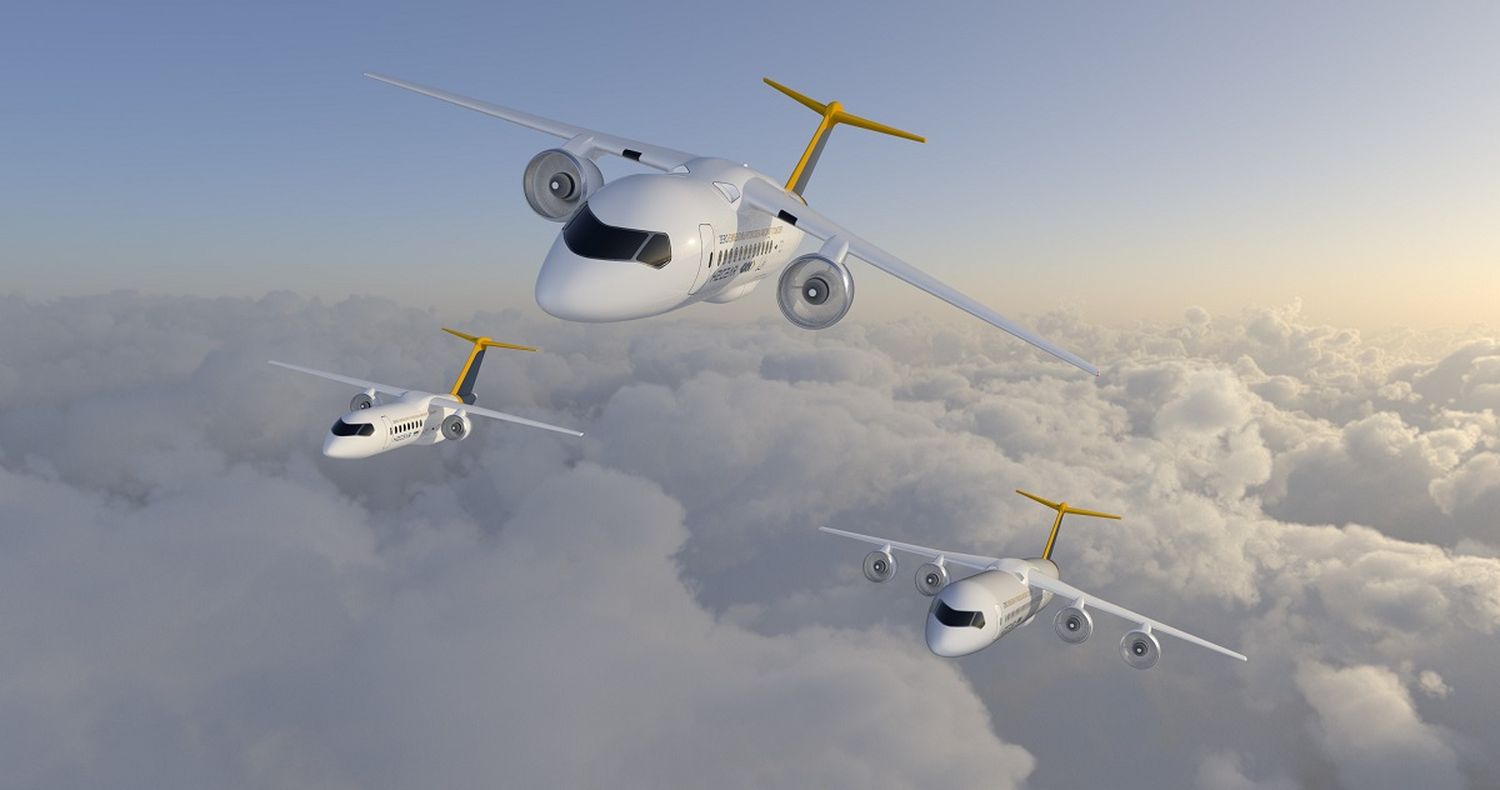GKN Aerospace says hydrogen-electric propulsion could be widely available sooner than expected
UK-based multinational company GKN Aerospace, which specialises in supplying components for the aerospace industry, reported today that its superconducting cryogenic technology would facilitate the implementation of hydrogen-electric propulsion systems on large aircraft.
According to the company, initial studies were conducted on 19-, 48- and 96-passenger aircraft schemes. The programme, named «H2GEAR», could deliver a ground-based demonstration by the end of 2025. Entry into service of the first aircraft with this technology could occur as early as 2035.
The initiative, which began in 2020, aims to implement the system on a new generation of aircraft. The solution would eliminate emissions of carbon dioxide and nitrogen oxides. It would mitigate condensation trails and reduce the acoustic impact of operations.
Recently, the process completed its first stage of commercial studies. Research focused on the propulsion system and the selection of possible subsystems for hypothetical aircraft of three different sizes.
The results to date are encouraging. GKN Aerospace’s developments in fuel cell system integration, combined with the hyperconducting power network and engine drive systems, would allow hydrogen electric propulsion to be scaled up more quickly than initially envisaged, according to the company.
«Our initial view was that the introduction of hydrogen electric propulsion to 19-passenger aircraft would be easier than for large aircraft», said GKN Aerospace’s VP of Technology, Max Brown. «However, development of the hyperconducting network and cryogenic motor technology has opened our eyes to the possibility of efficiently scaling the technology to 96-passenger and potentially beyond».
Operation
The hyperconducting systems developed by the company use liquid hydrogen as a heat sink. The element cools the electrical conductors to temperatures below -200 °C (-328 °F). In this way, their electrical resistivity is drastically reduced. This facilitates the distribution of electrical energy at low voltage, through the lower mass conductor cables and to the electric engines.
Unlike superconducting systems, which have zero electrical resistance, a hyperconducting system would use more common conductive materials and would be available in a shorter time frame. As a result, the benefit in terms of emissions reduction would be realised sooner.
See also: Rolls-Royce presents its progress on hybrid propulsion research programme


Comentarios
Para comentar, debés estar registrado
Por favor, iniciá sesión